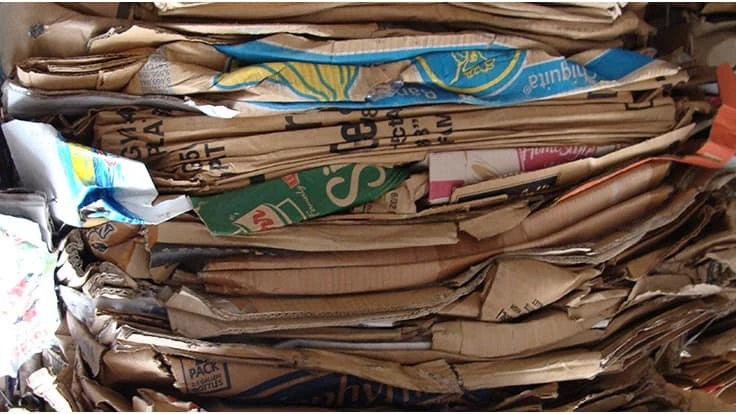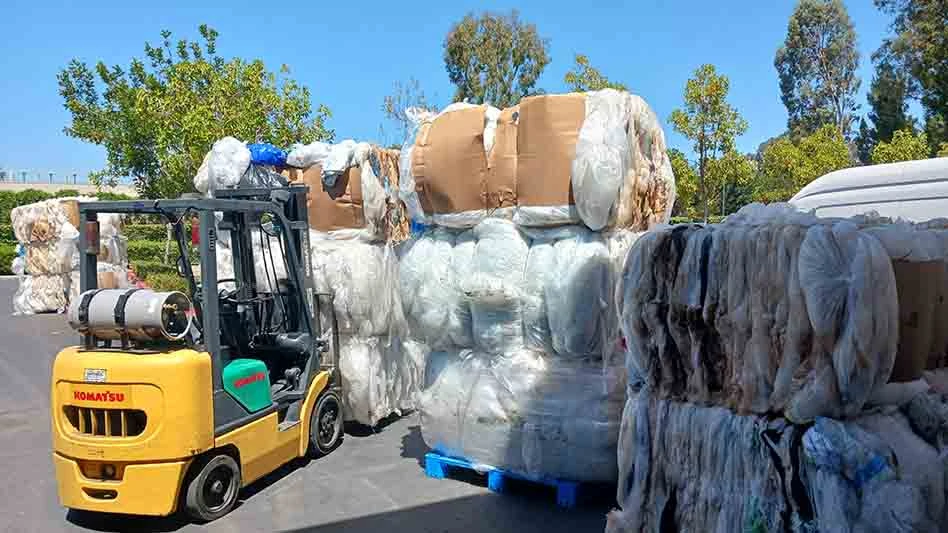
Recycling Today archives
Worldwide generation of recovered fiber fell from about 250 million metric tons in 2018 to about 244 million metric tons in 2019. However, global production of paper and board using recovered fiber did not change much between 2018 and 2019, remaining at 211 million metric tons.
These are some key findings in the Brussels-based Bureau of International Recycling’s (BIR’s) “Paper and board recycling in 2019: Overview of world statistics” report it released. BIR says this is the second edition of its Paper Division’s revamped analysis of global statistics related to recovered fiber markets. According to BIR, the report explores production of recovered fiber, utilization rates, international trade flows and pulp, paper and board market information.
Based on data compiled with the assistance of the Brussels-based European Recycling Industries’ Confederation (EuRIC), Boston-based Fastmarkets RISI and Brussels-based Confederation of European Paper Industries, experts within the BIR Paper Division also make some reasoned calculations to quantify the fundamental role of recovered fiber as an environmentally beneficial component of global paper and board production within the report.
“2019 brought an increase in the proportion of the world’s paper and board that was made from recovered fiber—from 50.27 percent in 2018 to 51.15 percent the following year,” says Jean-Luc Petithuguenin, president of BIR’s Paper Division and CEO of France-based Paprec, in his introduction to the new report.
According to BIR’s report, Asia produced almost half of all the paper and board using recovered fibers in 2019, while Europe achieved a recovered fiber incorporation rate average of almost 55 percent.
Despite its increasingly stringent import restrictions, BIR reports that China remained the world’s leading recovered fiber importer in 2019, importing about 11 million metric tons of recovered paper that year. Half of that amount came from the United States.
In 2019, Europe shipped more recovered fiber to India in 2019 than it did to China, a development that “none of us would have anticipated only a handful of years ago,” Petithuguenin says.
Additionally, global pulp production was at 183 million metric tons in 2019, BIR reports.
The 2019 data also underline emerging outlets for recovered fiber, notably Vietnam, as well as the continued strong market presence of other, more established buyers in Asia such as India and Indonesia, Petithuguenin adds. The full report is available online for BIR members only.
Latest from Recycling Today
- Arizona AG says consumers were misled over recycling bags
- PRE warns European plastic recycling industry facing ‘imminent collapse’
- NWRA, Informa partner to launch Waste Leadership Summit
- Circular Action Alliance appoints new executive director in California
- Aduro reports fourth-quarter, FY25 results
- EverestLabs announces first international deployment
- Sunnyvale, California, awards contract to BHS
- Scrap Expo session preview: Technology Spotlight—Refining Recovered Metal







